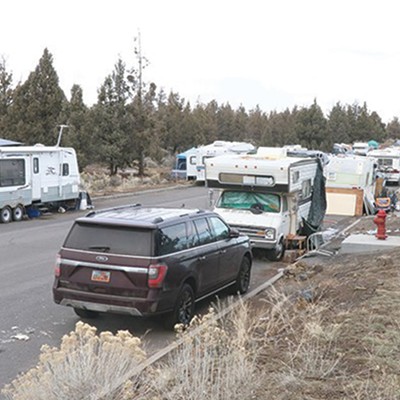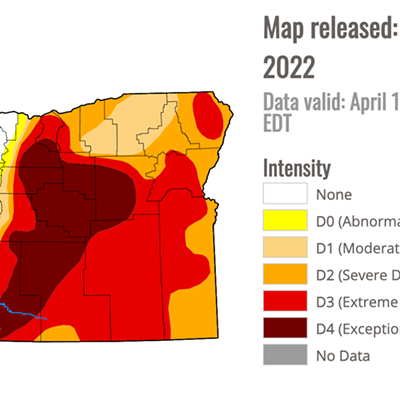Living in Beertown, USA like we do, we don't forget that brewing is an art form and that each batch has its own special little notes that makes it original.
Let's get scientific for a second. Hops are the flowers (also known as seed cones or strobiles) of the hop plant Humulus lupulus. They stabilize and add flavor to beer, which means the hop plant is our friend, now and always. Wort is the sugary liquid made from the malt which, when boiled with the hops and then combined with yeast, starts the fermentation process.
How a brewer uses hops is just one step on the long road to a finished beer. With wet hops, dry hops, pellets, oils and other methods, the methods for using hops are open for interpretation. Steve Denio from GoodLife Brewing talks a little about their process. "When you throw in a hop it does something immediately called 'emulsify' which means it cooks out all the flavor and cooks in the bitter," says Denio. "The cooler the wort temperature, the more you keep in that flavor. That's why people dry hop a ton because it puts a lot on the nose and then maybe a little bit in the beer. We temperature control hop, so we put a cold water jacket around it so it doesn't cook out all that flavor or cook in the bitterness. We essentially cool the temperature a little bit."
The Yakima Valley and the Willamette Valley are the primary places in the Pacific Northwest to grow hops, but Central Oregon has been slowly growing into the hop agriculture business for the last decade. Bend natives Gary and Susan Wyatt are the pioneers of Central Oregon hop farming with Tumalo Hops Company, founded in 2006. "We're grossing out at about 2,200 pounds. off of two acres and we have six different varieties that we're growing," says Gary Wyatt.
Growing hops in Central Oregon has some interesting benefits as well as challenges. "We don't have a full 120 days sometimes for growing season," says Wyatt. "That's what they need. We had exactly 120 days this year. The benefits are that we don't have the powdery mildew or too much of the pest control. Yes, we have aphids and spider mites, but our nights get cool enough so we only have to spray or put out traps once a year while the Valley does it five or six times a year."
Smith Rock Hop Farm is growing 900 plants on an acre of land in Terrebonne and is in its third season of operation. Head farmer and partner Miles Wilhelm talks a bit about his view of hops: "I always think of growing hops is as difficult as brewing really good beer. There's a lot of time and a lot of learning that goes into it. You're gonna fail many times before you nail it. Hops can be a little bit fickle."
LadyHops co-founder Mel Parker leased 150 mature hop plants from Steve and Bev Oberg of the Powell Butte Bison Ranch back in 2014. Parker says: "We're an organic farm. We don't spray with pesticides. We handpick every hop so brewers are getting the best quality for what they're paying for." Parker also brings at-risk young women out to the ranch to teach them farming and was recently awarded a MUSE grant.
With these three groups growing some of the best hops in the state, Central Oregon has another claim on being Beertown, USA.




























